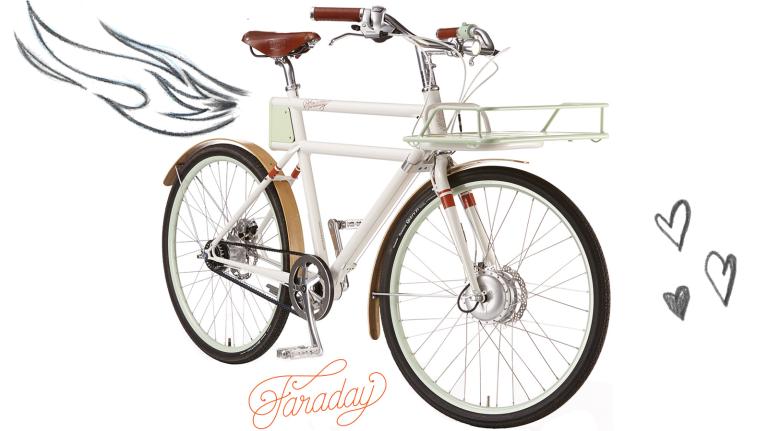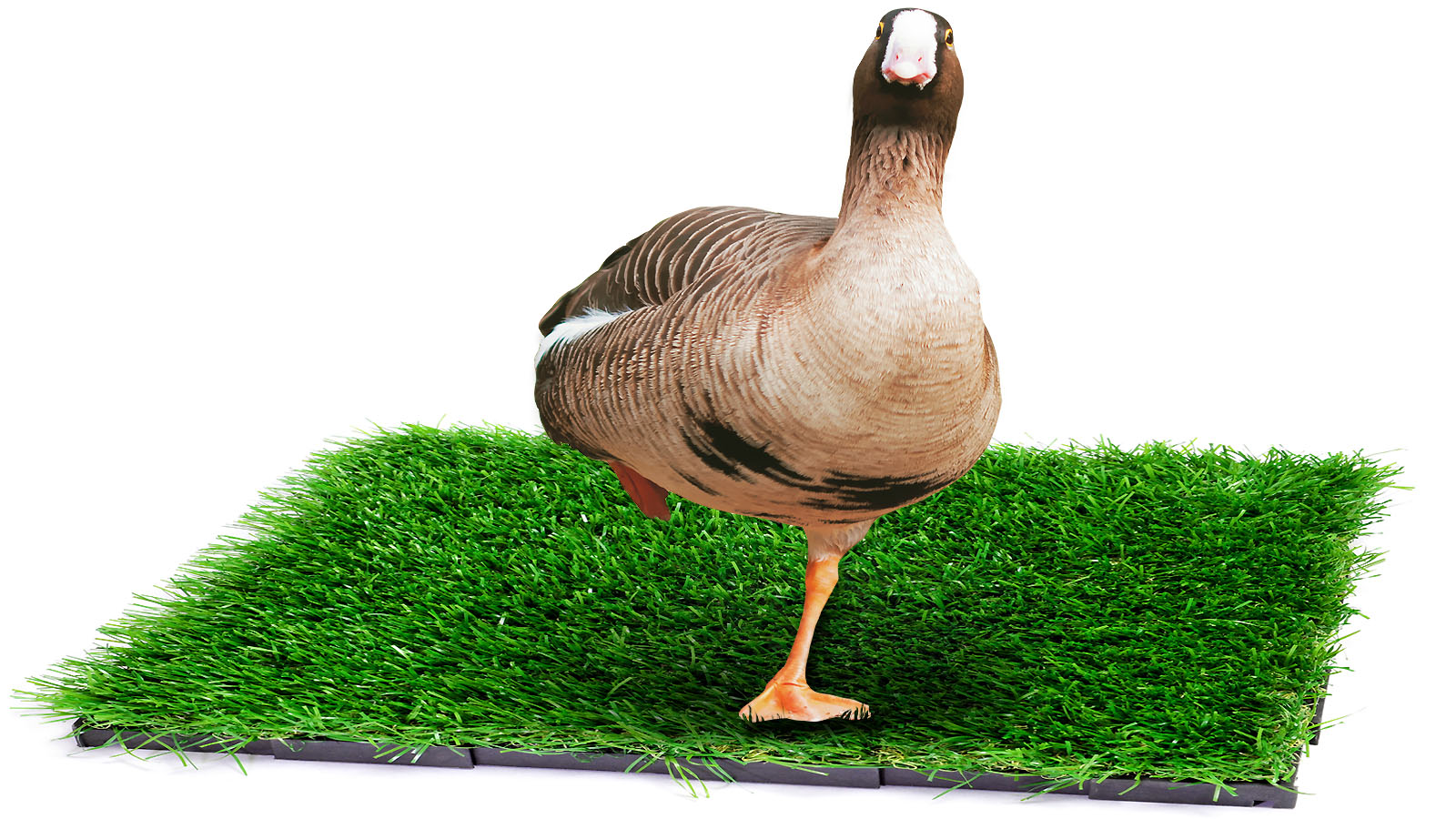Send your question to Umbra!
Q. Recently, my community looked at installing an artificial turf field with lights to extend the use available from our recreational fields. Is this good for the environment? Community? Children? Will the lights affect the ecosystem of the forest nearby?
Lucy
Reston, Va.
A. Dearest Lucy,
As I write this, I am this very moment sitting on a lush, natural lawn, squishing the green blades between my toes. It’s delightful. So perhaps it won’t surprise you to hear that in any contest between plastic and things that grow, I’m naturally inclined toward the latter. But there’s a lot more to consider here than my barefoot-in-the-park sentimentalia. Shall we pull out the weed whacker and wade in?
I’ll tell you the bad news up front: As with so many either-or questions, it’s not entirely clear whether fake turf would be better than the real stuff for your community. Each side has its champions and its eco-cred, and the answer depends on the climate where you live and how the field is used and maintained.
Take artificial turf (you may know it by its most prominent brand name, AstroTurf). Its greatest attribute is how low-maintenance it is: Fake turf doesn’t need to be watered (much), laced with pesticides, or laden with synthetic fertilizers. It’s durable and can withstand hard use, extending both the number of football or soccer games that can be played and the season for playing (as opposed to natural grass, which needs to be rested). And it gives new life to hundreds of thousands of old rubber tires. Ever run around on artificial turf, Lucy? The springy sensation you feel comes from the ground-up tires, called crumb rubber, wedged between the plastic blades to keep them vertical. (Not every turf product uses this, but it’s quite common.)
So far, so good? Well, about that crumb rubber: It has raised concern in many circles because tires contain all sorts of undesirable ingredients, such as volatile organic compounds (VOCs), polycyclic aromatic hydrocarbons (PAHs), and heavy metals – not to mention lead in the green paint, phased out of U.S. brands by now but still lurking out there in old fields. There have been a slew of studies done on the safety of letting our kids play on these fields, though, and the consensus for now seems to be that any chemical exposure associated with them is very low.
But of course, artificial turf is plastic (polyethylene, usually), a petroleum-based product that should give all of us pause. And it gets hot – sometimes really hot – which can contribute to an urban heat island effect and requires hosing down before summertime games (chipping away at its advantage in the water use department). Fake fields also don’t last very long (five to 10 years), and at the end of their lives, they’re likely to sit in a landfill.
In the other corner, we have good old-fashioned grass fields. We like these because green grass actually serves to sequester carbon, plus it filters runoff and cools the air around it. But we tend to like our recreation fields manicured, and it takes lots of resources to achieve that thick, emerald sheen. Grass fields suck up water, and all too often, icky pesticides and nitrogen-emitting synthetic fertilizers, too. And then there are the gallons of gas we burn to buzzcut them down to proper game-day shape. (If anyone knows of a recreation field maintained by push mower, I will personally send that gardener a fruit basket.)
So all things considered, how does it shake out? This 2014 study gives a cautious edge to artificial turf. This one, from a grass seed group, said (prepare yourselves) grass is tops. Other analyses end up in the same sheepish shrug I’m in right now: It’s really hard to call. I suggest you get involved with your park district (or whoever is considering the turf switch) to find out what the major pros and cons are for your town, and whether there are any steps you can take to reduce the impact of grass fields (volunteer push-mower brigade, anyone?).
Before I sign off, Lucy, you also asked about stadium lights. I can tell you that those lights probably will affect the neighboring woodland creatures. Artificial light at night messes with migrating birds, confuses bats, may prevent the local frogs from getting busy, and kills sea turtle hatchlings. But let me add that smart lighting regulation and shaded, dark-sky-friendly lights can help.
And finally, lest you think I’ve lost my edge, let me add unequivocally that real grass feels far superior to the toes than its plastic counterpart.
Recreationally,
Umbra




